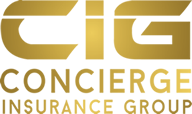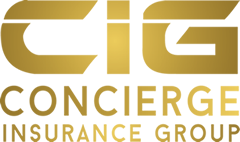FOR CHARITIES / NONPROFITS
CHARITABLE WISDOM
In our work and personal lives, we are deeply connected to a continuum of charitable organizations, from those non-profits financially bootstrapped, but operating with passionate cause, to capital campaigns and multi-million-dollar endowments directly linked to educational and religious organizations, the arts, medical research and facilities, and any number of local, national or international causes. We understand that with financial wealth, a deeper philanthropic desire often rises to the forefront. For many, it truly is more blessed to give than to receive. However, when we engage with you and your charitably-minded clients and their legal and tax advisors in mapping out an overall charitable plan, they can give wisely and more freely, often maintaining or even enhancing family wealth transfer in the process. We call this charitable wisdom.
PROVIDING SOLUTIONS TO COMMON PLANNING CONCERNS
Combining charitable giving with properly structured life insurance may maintain and even increase personal wealth when addressing these challenges:
A RECAP
It is generally a dynamic combination of objectives that has driven life insurance solutions within the context of charitable planning. Charities need contributions and endowments for long-term sustenance. Wealthy individuals may be singularly motivated by the personal satisfaction that comes from giving to a favorite cause, educational facility, hospital, or any number of non-profits, but have increased motivation when considering the inherent tax benefits. When insurance is layered into the context of this planning, family wealth can also be preserved for the next generation, resulting in a domino effect to repeat the strategies again and again.
SOURCE
Comprehensive Charitable Planning – Client Guide, Advanced Markets, John Hancock, 2013.

